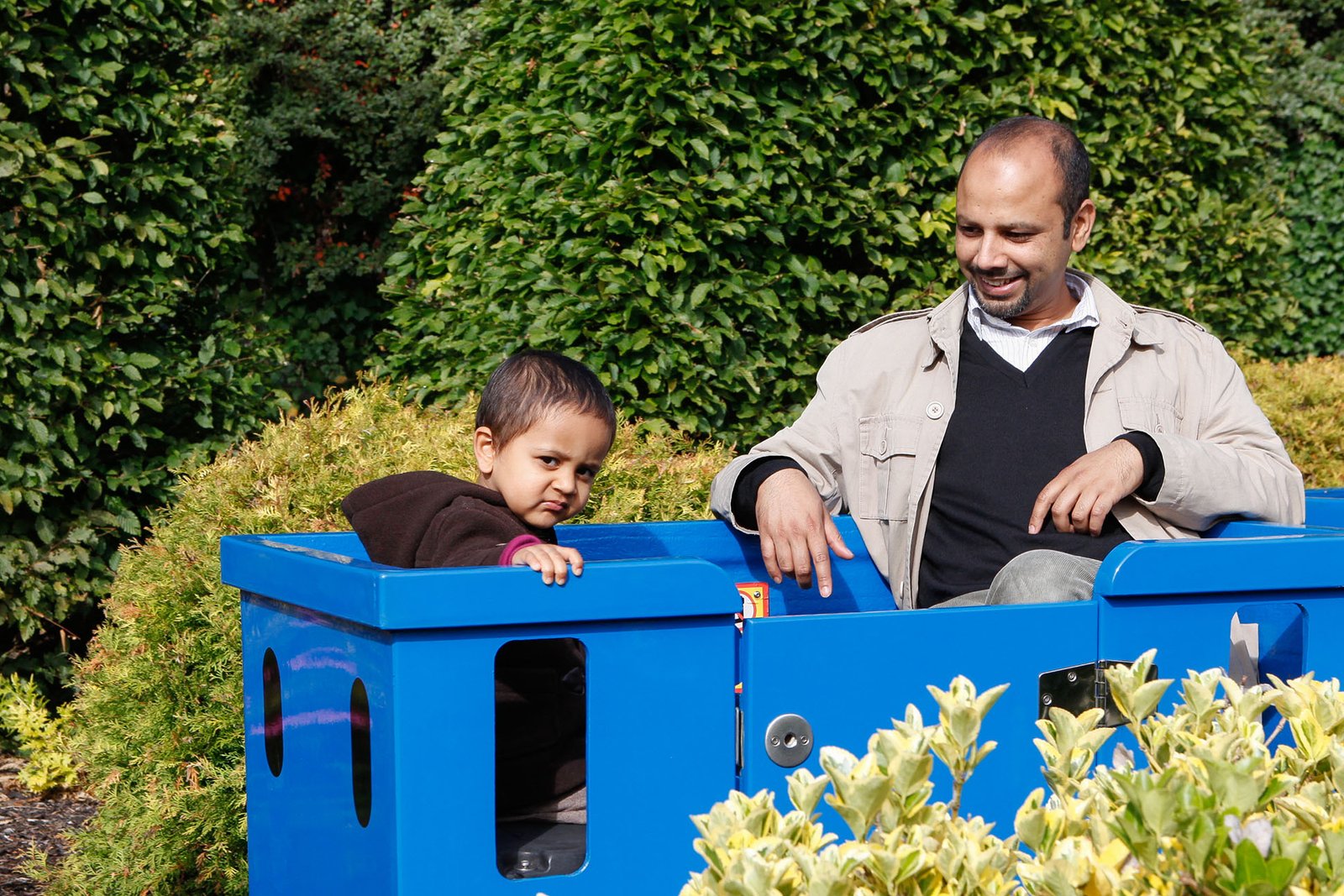A Child Arrangement Order is a court order that regulates the care arrangements for children e.g., who they’re to live with and have contact with. If you and your ex-partner can’t agree on who should look after your children, or on details relating to their care and upbringing, you may need to apply for a Child Arrangement Order.
Anyone who has parental responsibility can apply for a Child Arrangement Order, whether they are a biological parent, a step-parent, a guardian or another relative. The court can make an order in favour of one person or of more than one person. For example, it may direct that a child lives with one parent and spends time with the other parent. It may also specify what contact there should be with siblings, step-parents, grandparents and other people who are important to them.
The law requires both parents to agree on the living arrangements, education, health care and other matters concerning their children, unless one parent has been found to have harmed their children by neglecting them or by abusing them in some way. The abuse could be physical or emotional and would include parental alienation: saying things to the children about the other parent to turn the children against them.
Child Arrangement Orders have replaced Contact Orders and Residence Orders, although parents who already have one of the older orders do not need to reapply for a new one. Such orders made by the Court are legally binding on the parents.
Making an Application for a Child Arrangement Order
Making an application for a Child Arrangement Order can be a daunting process. If you aren’t sure where to start or what to expect, this article will help you to understand the process.
The first step in applying for a Child Arrangement Order is to attend a Mediation Information Assessment Meeting (MIAM). This meeting is central to all applications for a Child Arrangement Order and results in an assessment of the potential for agreement between the separating or divorcing parents or guardians. The Court will require a MIAM before it will hear most cases. Depending on the outcome of the MIAM, you may or may not be able to resolve your issues by mutual agreement rather than having to take the matter to the Court.
Mediation offers a more collaborative process for resolving disagreements and can be used to negotiate any aspect of the divorce or family law process. Mediation is not mandatory, but it is often quicker and less expensive than going to Court. There are circumstances where mediation is not suitable, and these can be clarified before or after the MIAM, in discussion with the mediator.
If mediation is not a viable option, the next step is to submit a form to the Court with all relevant details and a declaration of your intent to seek a Child Arrangement Order.
At this stage, you may want to consult a solicitor before issuing and serving the paperwork to initiate the Court proceedings. A solicitor can review your documents and give you legal advice on whether they are appropriate or not.
If mediation is of interest to you contact Salam Mediation click here
First Hearing Dispute Resolution Appointment (FHDRA)
Once the Court has received all necessary paperwork, they will provide you with a date for a First Hearing Dispute Resolution Appointment (FHDRA). All parents and guardians will be required to attend, along with an officer of the Children and Family Court Advisory Service (CAFCASS). However, since the start of the coronavirus pandemic most of these hearings are conducted remotely either by telephone conference call or video link. At the FHDRA the Court will consider the safeguarding information and will try and encourage the parties to resolve the matter by agreement. If an agreement is made, the Court will convert this into a Court order. Many cases are resolved at this initial hearing.
If an agreement cannot be reached the case will proceed through further hearings, which may involve gathering further information on the case, having a CAFCASS officer spend time with the children and requiring parents to give evidence.
Dispute Resolution Hearing (DRA)
The next hearing that may be required is a Dispute Resolution Hearing (DRA). The aim of this hearing is to try to resolve the disputes or at the very least narrow any points of contention. Any additional evidence presented would be considered along with any reports from CAFCASS. If the issues are still not resolved, the matter will likely be listed for a final hearing.
Final Hearing
It is very important that the parties try to settle the issues at the earliest possible stage of the process, to avoid the substantial costs that can often be incurred by a Final Hearing. During this hearing, the court would consider the outstanding issues and evidence submitted. It is likely that at this stage you will be questioned by both your legal representative and the other party’s legal representative. The Judge will consider the issues and evidence, make a judgement, and issue a Child Arrangement Order.
What will the Court consider?
When making decisions about a Child Arrangement Order, the Court will always deem the child’s welfare to be the most important consideration and will ensure that arrangements are in place to achieve this. Specifically, the Court will consider:
- The wishes and feelings of the child
- The child’s physical, emotional and educational needs
- The likely effect on the child of any change in their circumstances
- The child’s age, sex, background, and any other relevant factors
- Any harm suffered by the child or the possibility of future harm
- The capability of the child’s parents (or other relevant people) to meet the child’s needs
- The court will also consider if making no order is suitable under the circumstances
What can a Child Arrangement Order include?
A Child Arrangement Order will typically include several conditions specifying where the child or children in question are to live, and who, and under what conditions those with parental responsibility will get to contact them.
- The child’s primary residence (i.e., as formerly termed, who has custody)
- Access (formerly referred to as contact) setting out whom a child will see, when this will take place; (e.g., after school, at certain weekends, on specific days, for holidays, etc.), and where the visits will take place (e.g., at the non-custodial parent’s home, at the child’s home, or in a public location)
- How a child will keep in contact with family members when they are not together, for example, by email or telephone
- Other issues such as education, religion, overseas travel and change of name.
There are two additional types of Child Arrangement Order: a Specific Issues Order, and a Prohibited Steps Order.
Specific Issues Orders determine specific matters relating to the upbringing of a child, such as the sort of education they receive (for example what school they go to, or whether their education is religious). A Prohibited Steps Order prevents a parent or guardian from taking a specific step, for example, moving a child out of the country.
How long does it take to get a Child Arrangement Order?
The length of time it takes to achieve a final Child Arrangement Order will vary depending on the complexity of the case, the amicability of all parties involved, and whether there are any safeguarding concerns regarding the children.
Mediation is the best way to get an agreement, for all parties involved. If all parties are willing to mediate, agreement can be reached without ever having to go to court.
If the case does progress to the Court, it used to take around six to eight weeks from when you submit the forms to apply for a Court hearing to when that preliminary hearing takes place.
If further hearings are required, there will be similar intervals of time between each hearing.
If a CAFCASS officer is required to produce a report as part of the case, this can take around twelve weeks. Including the preliminary steps of booking and attending the MIAM, preparing paperwork and attending Court, you can ultimately expect the case to take anywhere between three months and a year to be resolved and to produce a final order.
Due to the coronavirus pandemic, the process has slowed and is experiencing a major backlog. See my article Family Court Delays are Increasing for details.
Duration of Child Arrangement Orders
Child Arrangement Orders typically stay in effect until the children have reached 16 years of age, or 18 years of age in certain circumstances.
Note that if the parents live together for a continuous period of more than 6 months while a Child Arrangement Order is in effect, then the Child Arrangement Order will automatically end.








